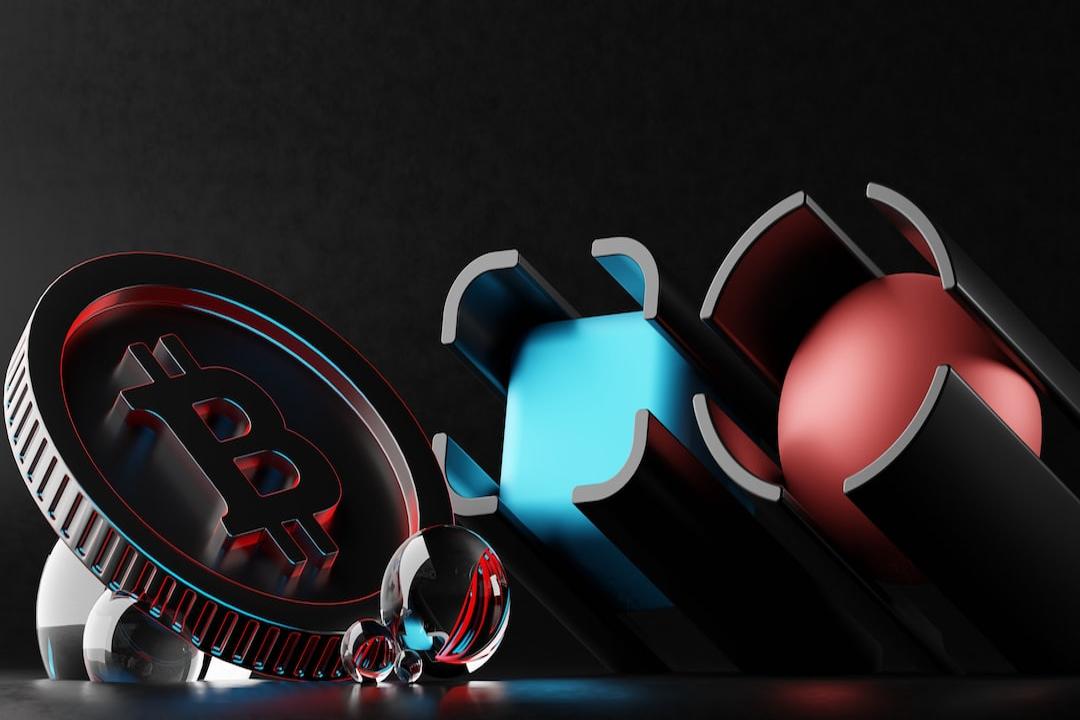CoinVoice report:
By Aiying
Circle announced that its USDC and EURC stablecoins are now compliant with the new stablecoin regulations introduced by the European Union, making it the first global stablecoin issuer to be compliant under the MiCA regulations. Starting from July 1st, Circle officially began issuing these two stablecoins to European customers.
This is a significant milestone in the development of the internet finance system, as it signifies that one of the world’s largest economies has established clear regulations to make stablecoins a legal form of electronic currency, ushering the cryptocurrency market into a new phase of mainstream payment, financial, and commercial infrastructure.
Prior to this, Aiying wrote an in-depth analysis in the article “A Comprehensive Interpretation of the European MiCA Act: Profound Impact on the Web3 Industry, DeFi, Stablecoins, and ICO Projects,” highlighting the impact the act would have on the industry, particularly the stablecoin market. MiCA requires stablecoins backed by fiat currencies to have sufficient liquidity reserves and obtain an Electronic Money Institution (EMI) license. It also sets limits on the trading volume of stablecoins and other asset support requirements. June 30th was an important deadline, requiring exchanges to delist stablecoins that do not meet the regulations.
Meanwhile, Circle’s USDC is expected to capture market share from its larger competitor, Tether Holdings Ltd.’s USDT. OKX, Binance, Bitstamp, and Kraken have taken measures to change their support for USDT in the European Union, thereby removing the ability to purchase or sell other cryptocurrencies using this stablecoin.
Circle’s opportunity this time is historically similar to the rise of USDT.
In Aiying’s article “A Comprehensive Report on Stablecoin Racing: Models, Operating Principles, Trends, and Thoughts on Hong Kong Stablecoins,” it was mentioned that USDT’s biggest advantage is its first-mover advantage, but its rise was mainly due to the support of exchanges and market trends. USDT was the undisputed leader in the early days of the cryptocurrency wilderness, from the early Bitcoin blockchain to the later Ethereum ecosystem. It accurately predicted the market’s explosive growth. Although it was established in 2014, its true rise began in 2017. That year, in addition to the bull market, USDT began massive issuances, which led to criticism of its manipulation of Bitcoin prices.
However, in hindsight, this was a case of reverse causality. What is easily overlooked is that it was the year when China closed virtual currency exchanges, and more importantly, USDT simultaneously went online on the top three exchanges.
Similarly, according to Chainalysis’ “2023 Geography of Cryptocurrency Report,” this region accounted for 17.6% of global trading volume between July 2022 and June 2023. With the introduction of the Mica Act, Circle has cleared the way for itself and is now able to operate in this market.

Circle’s success is also due to the growth and adoption of the euro digital currency (i.e., euro stablecoin). The MICA Act establishes clear rules for the issuance and operation of euro digital currencies, allowing banks and electronic money institutions to make euro stablecoins a core part of their products and services. This means that the entire European regulatory financial sector can now adopt this network, significantly expanding the use of stablecoins in business and finance. In Aiying’s view, this market is enormous.
Circle’s global compliance vision and starting point have achieved the present success.
It is well known in the crypto industry that USDC rose to prominence during the USDT crisis due to its transparency, regulatory compliance, and more liquid asset reserves, which won the favor of customers. Looking back at the rise of USDC, the significant increase in its holdings typically corresponds to a decline in USDT holdings, often occurring during risk events involving USDT, especially because it was initially the only stablecoin trading pair on the compliant exchange Coinbase. This regulatory support brought significant benefits to the early USDC market expansion and became its main competitive advantage in challenging USDT’s first place. Due to its compliance, USDC is favored by DeFi protocols, and liquidity mining has rapidly increased its circulation, making it more dominant on-chain. After Maker introduced the regulated stablecoin USDC in 2020, USDC became the preferred choice for major DeFi protocols. Currently, MakerDAO, Compound, and Aave are the main supporters of USDC in the DeFi space. Besides regulatory benefits, a more critical factor is that as collateral for DeFi protocols, USDC has lower volatility compared to USDT. The starting advantage of USDC can be summarized as its compliance advantage.
At the global compliance level, what has Circle done?
Circle is registered as a Money Service Business (MSB) under the U.S. Department of the Treasury’s Financial Crimes Enforcement Network, and it also operates in accordance with the money transmission business laws of various states. It is generally regarded as a form of prepaid payment. Unlike USDT, the reserves of USDC are independent. If Circle were to go bankrupt, these reserve assets would be protected under New York banking law and federal bankruptcy law.
Circle is the first cryptocurrency company to be licensed for electronic money transmission by the U.S. and the first to obtain the New York BitLicense. It has also obtained an electronic money issuance license in the UK. To gain a deeper understanding of the legal framework for U.S. payments, please refer to the article “In-depth Analysis of the Legal Basis and Requirements of U.S. Cryptocurrency Payment Licenses.”
Two years ago, the European Union established the MiCA regime, which was ultimately approved by the European Parliament and became the most comprehensive global regulation for stablecoins and digital asset markets. Circle subsequently announced the launch of the euro stablecoin and made efforts to ensure compliance with the new EU regulations. France has been at the forefront of establishing regulations for cryptocurrencies and digital assets, making it a wise decision for Circle to choose France as its European headquarters. The company has been working closely with the French financial regulatory authority ACPR to ensure compliance with the MiCA regulations.
Circle has now obtained an electronic money issuance license from ACPR and has become a compliant issuer of USDC and EURC under MiCA. European customers can now directly access USDC and EURC through Circle Mint France.
As a result, USDC has become the only major stablecoin globally that complies with the new European stablecoin regulatory regime. Circle has worked closely with regulatory authorities in France, the European Union, and the United States, achieving full fungibility of global stablecoins on the blockchain network while maintaining technological innovation and complying with strict regulatory standards.
Currently, all USDC and EURC circulating in Europe comply with MiCA regulations. All EURC reserves held by Circle are managed under the supervision of regulatory authorities in France, while the USDC reserves held by European entities are managed by globally systemically important banks within the European Union. USDC held by European users remains fully fungible globally and can be traded, transferred, self-custodied, and used in DeFi without any changes. For more details, refer to Aiying’s previous article on the stability assessment of USDC and its reserve fund operation by Standard & Poor’s.
In addition, we know that USDC does not directly exchange with individuals. For USDT, as long as the registration fee is paid, it can be directly exchanged with Tether for amounts exceeding $100,000. However, Circle operates based on customer tiers. Only its partners or Class A users (exchanges, financial institutions, etc.) are eligible to exchange with Circle. Individual retail users (Class B) must go through third-party channels (such as Coinbase) to exchange. From now on, Circle will directly issue and redeem USDC and EURC in the European market with major institutions through Circle Mint France, including exchanges, market makers, brokerages, consumer wallets, fintech companies, payment institutions, banks, and large enterprises. This market sales system greatly reduces the risk of money laundering for users, effectively managing and isolating the risk through large B-side entities.
Summary
The launch of the MICA Act heralds a significant transformation in the market structure. It is expected that major jurisdictions worldwide, including Japan, the United States, the United Kingdom, Singapore, Hong Kong, the United Arab Emirates, Brazil, etc., will introduce comprehensive stablecoin regulations within the next year, all of which will require strict regulatory compliance. The gray market space of the wild era is continuously being squeezed, ultimately merging with the regulated market. We are all witnesses to this financial era’s transformation, and Aiying will continue to share the process of this integration.
Subscribe to Updates
Get the latest creative news from FooBar about art, design and business.
What Does Circles Compliance and Issuance of USDC and EURC Mean for the Crypto Industry under the MiCA Bill
Add A Comment

